Wroclaw University
Unknown author
POL
near Wrocław
© polska.org
Fetching images...
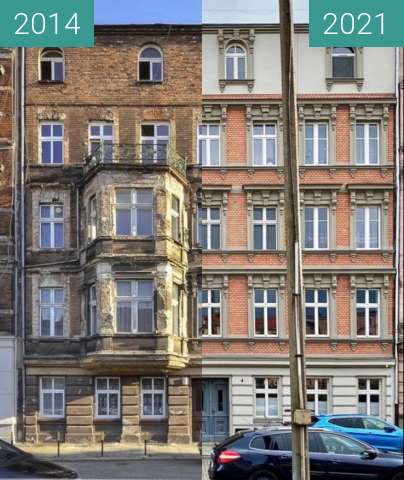
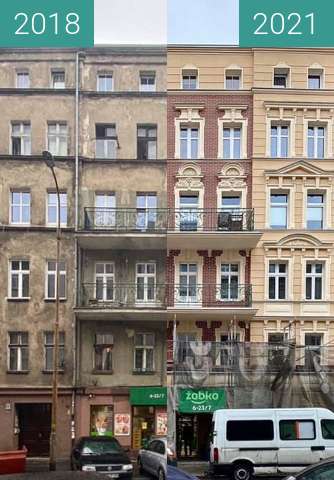
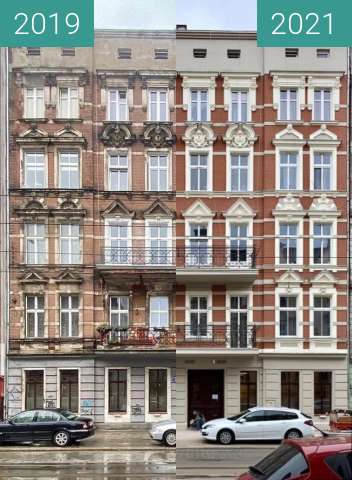
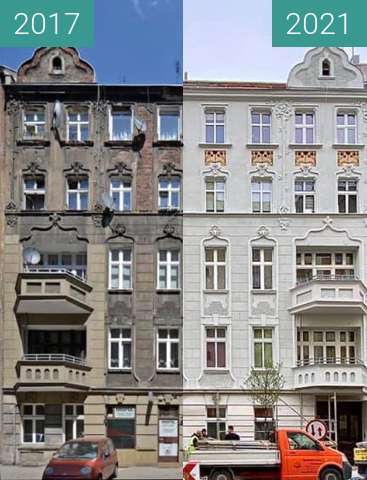
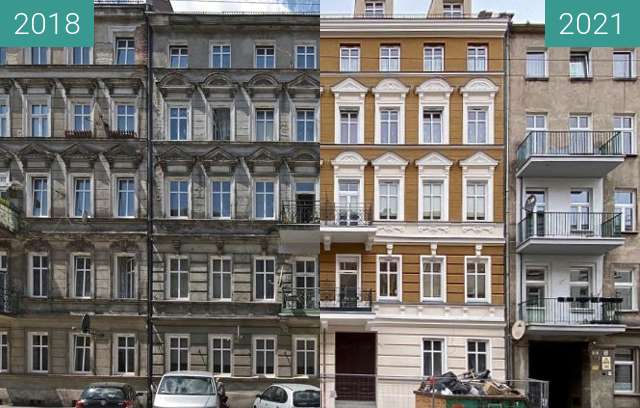
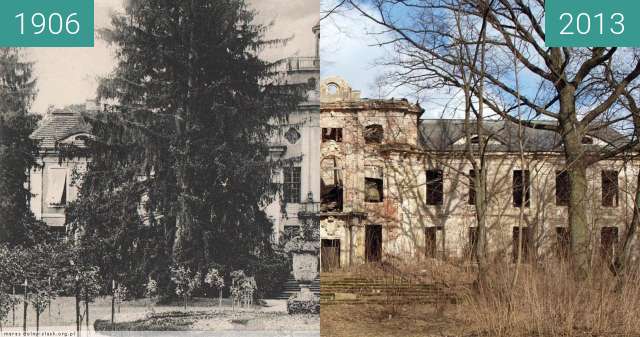
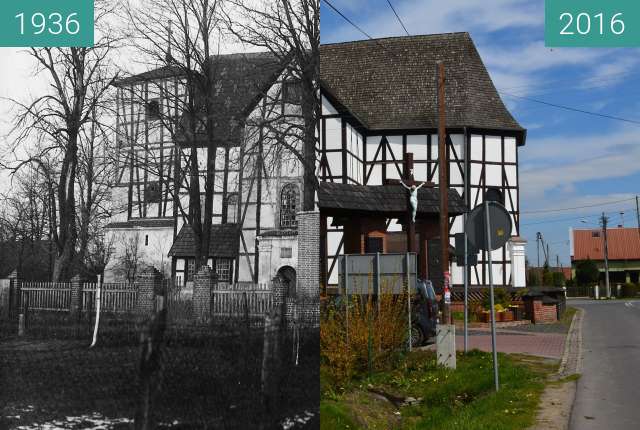
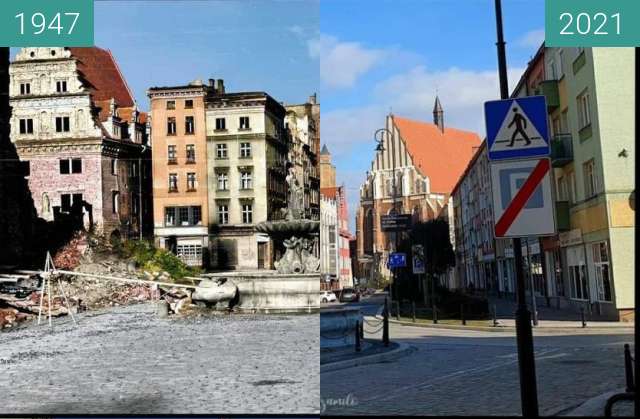
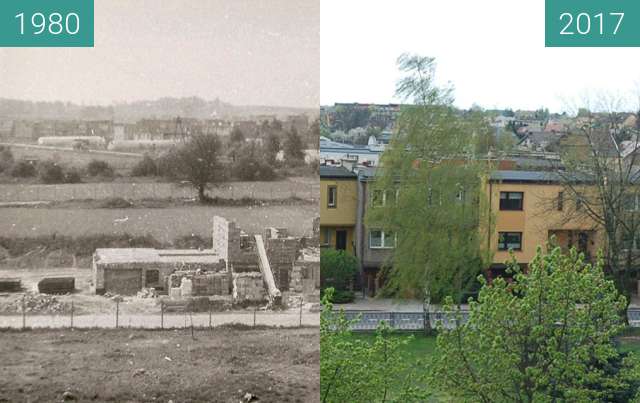

Na miejscu gmachu obecnego Uniwersytetu Wrocławskiego stał wcześniej zamek książąt śląskich, . W XVII w. podupadający zamek cesarz Leopold I przekazał w użytkowanie zakonowi Jezuitów, którzy na terenie zamku założyli kościół i szkołę na poziomie wyższym. Zamek otrzymany na własność w 1670 r., szybko okazał się zbyt mały na potrzeby szkoły. Starania o utworzenie uniwersytetu podjął rektor Fryderyk Wolf von Lüdinghausen. ...
In the place of the building of the present University of Wrocław, there used to be a castle of the Silesian dukes. In the 17th century, the declining castle was handed over by Emperor Leopold I to the Jesuits, who established a church and a higher school in the castle. The castle, acquired in 1670, soon turned out to be too small for the needs of the school. Rector Frederick Wolf von Lüdinghausen made efforts to establish the university. ...